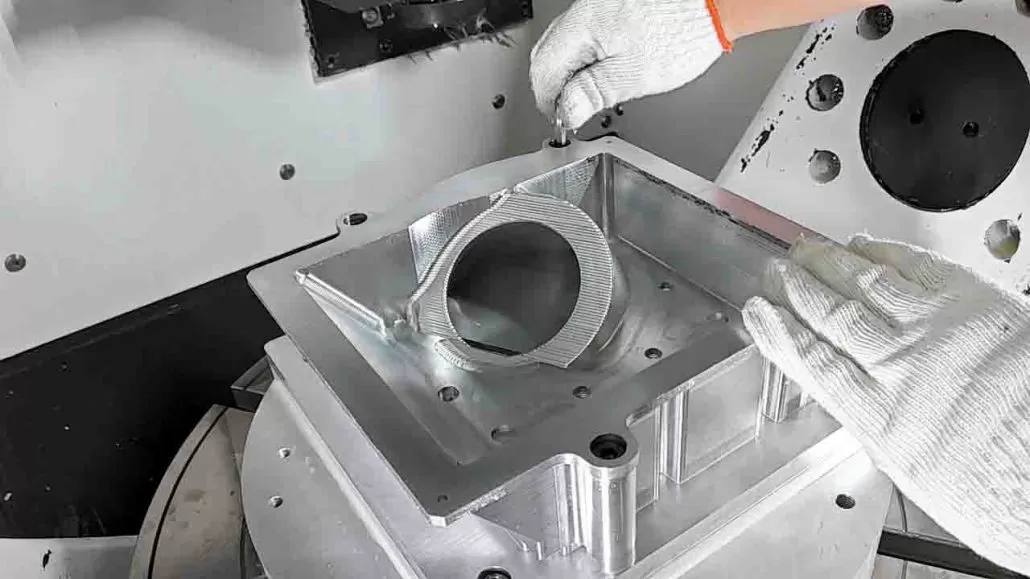A CNC milling machine consists of several key components that work together to precisely machine metal parts.
Spindle
The spindle is the main component that does the cutting. It spins a cutting tool like an end mill, drill, or milling cutter at high speeds, typically ranging from 10,000 to 40,000 revolutions per minute. The spindle is mounted on the spindle head, which can move up and down, left and right, and forward and backward to position the cutting tool. The spindle provides rotational force to the cutting tool, allowing it to remove material from the workpiece.

Spindle head
The spindle head allows the spindle and cutting tool to move in three axes (X, Y, Z) so the tool can access any part of the workpiece. It provides a range of motion that can span several feet in each direction. Precise linear motion guides and ball screws help ensure smooth and accurate movement of the spindle head. The spindle head grants the spindle multidirectional mobility, enabling complex cutting patterns and profiling of CNC parts.
Table
The table provides a flat, stable surface for the workpiece to be secured during machining. It can move in the X and Y axes to accommodate larger workpieces. The table is typically made of cast iron or steel for its durability and heat resistance. The table allows the workpiece to be positioned precisely under the spindle for cutting and shaping. Its motion in two axes expands the range of parts that can be machined.
Work holding fixture
The workpiece is secured to the table using a work holding fixture like a vise, clamp, or fixture plate. The fixture holds the workpiece in place during machining while still allowing access to all sides and surfaces of the part. It must be securely fastened to prevent movement that could compromise the precision of the cuts. The work holding fixture grants stability and ensures the workpiece remains stationary, enabling accurate machining of details and features.
Control system
The control system includes the computer numerical control (CNC) unit, motors, drives, and feedback components that precisely control the motion of the spindle head and table. The CNC machining unit follows a programmed code to move the spindle and table to the correct locations and feed rates for each cutting operation. The control system translates programmed instructions into precise movements, allowing complex and intricate parts to be machined automatically.


